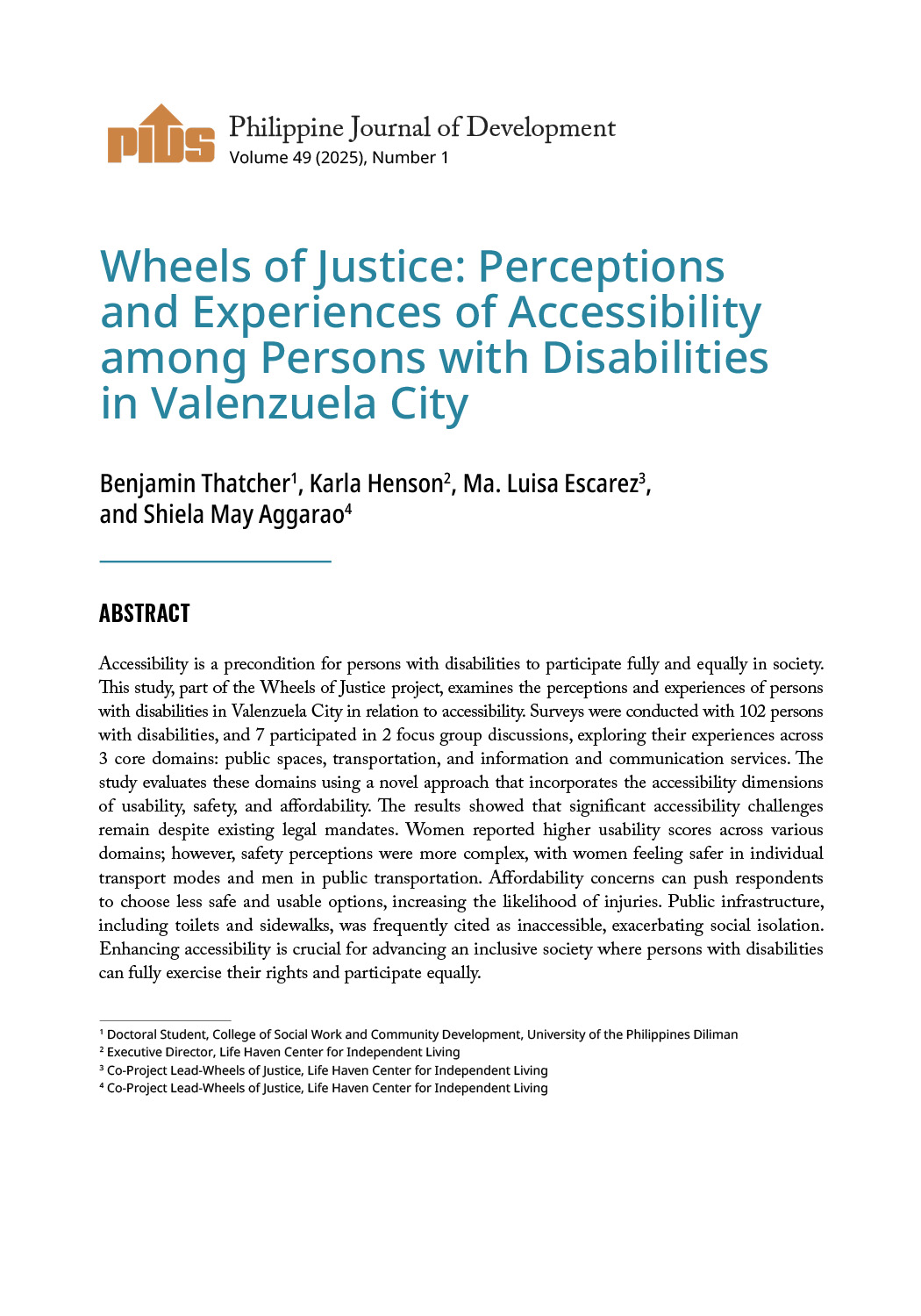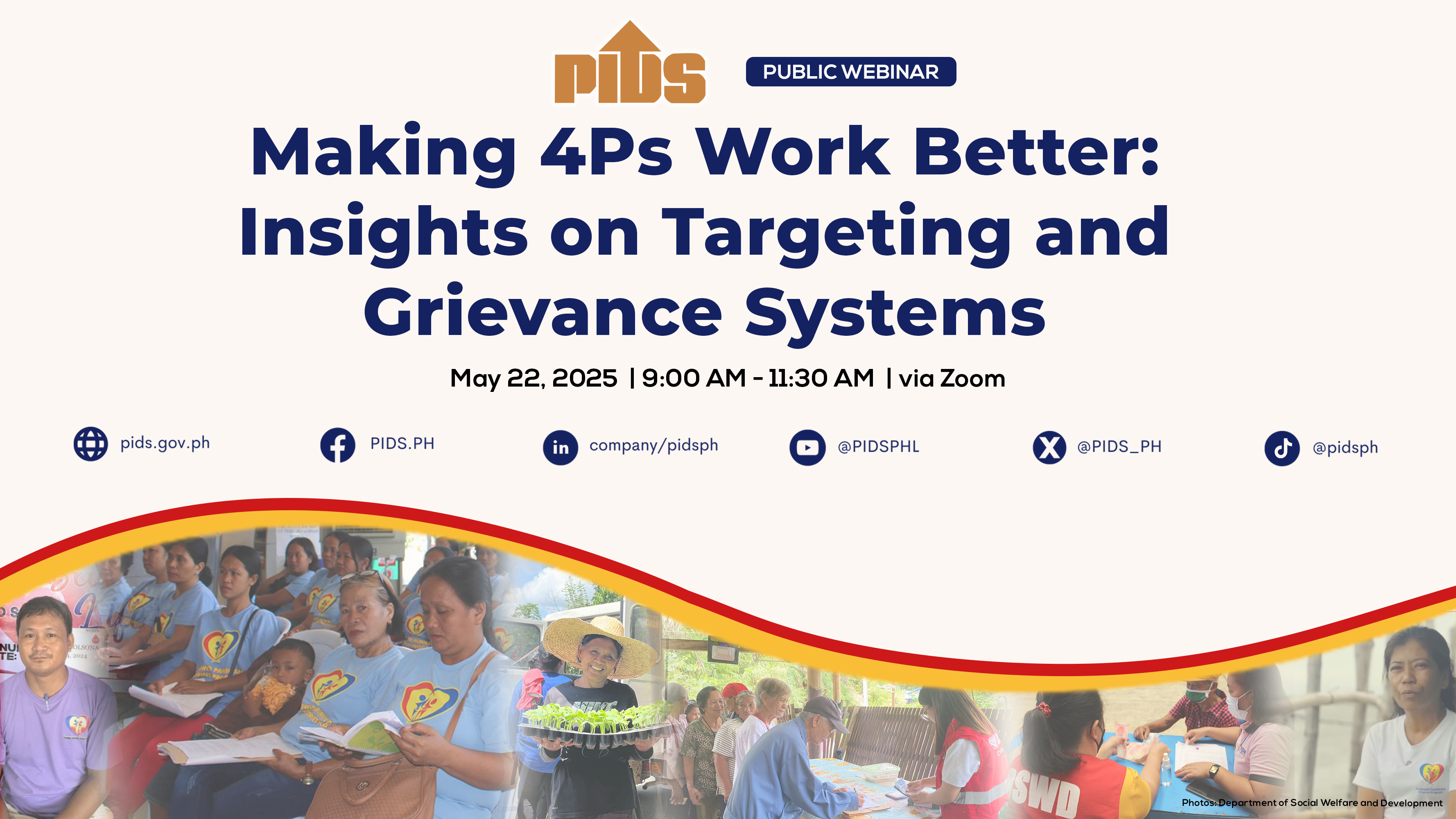A Philippine-Japan Workshop series recently focused on the topic "Inclusive Finance: from Discussions to Actions.” The workshop tackled the problem of the slowdown in growth since the global financial crisis and inclusive growth as a parallel problem, with income inequality likely increasing more in Asia than elsewhere.
Financial integration is necessary to help build financial inclusion, but the challenge lies in regulatory differences hindering progress in Asia.
SMEs are critical because they have strong significant contributions in jobs, exports and GDP, but access to finance is a key constraint, especially for informal SMEs.
A study for the ADB Institute by Ganeshan Wignaraja and Yothin Jinjarak (2015) reviewed the relationship between firm characteristics and borrowing from commercial banks by SMEs in China and selected Southeast Asian economic, including the Philippines. The ADBI study relied heavily on data from the IMF Financial Access Survey as well as from a firm-level World Bank Enterprise Survey (WBES).
In its descriptive review of statistics on outstanding SME loans from commercial banks as a percentage of GDP, the authors noted the absence of relevant data for the Philippines (and Vietnam). The lack of information is significant as it precludes making a thorough evidence-based analysis. Luckily, there are inputs for the WBES as WB-hired surveyors ostensibly gathered them.
The study likewise cited an IFC Enterprise Finance Group database, which reported a total SME credit gap in the Philippines of only $2.0 billion, as compared to $11.8 billion in Thailand, $11.8 billion in Indonesia, $8.0 billion in Malaysia and $4.3 billion in Vietnam. As an SME finance practitioner in the Philippines, this writer finds the estimate way too low given various other studies of Philippine Institute for Development Studies, Department of Trade and Industry and the Philippine Exporters Confederation.
Messrs. Wignaraja and Jinjarak aimed to answer four issues concerning firm characteristics and borrowing: (1) What is the relative importance of internal vs. external finance for SMEs? (2) What sources of external finance matter more for SMEs? (3) What is the link between SME characteristics and bank borrowing? (4) What is the role of collateral in bank borrowing by SMEs?
The study findings are summarized as follows:
1. Credit Type - SMEs use more internal finance and are less likely to have lines of bank credit and trade credit; younger firms use more internal finance and are less likely to have lines of credit; export-oriented firms use less internal finance and are more likely to have lines of credit and trade credit; foreign-owned firms tend to use more credit; firms with more experienced managers tend to use more internal finance; firms with financial audit tend to have lines of credit; and firms with ISO certification tend to use more internal finance.
The results are consistent with data on the sources of finance for investment projects of SMEs in developing Asia.
2. Lender Type - The results suggest that SMEs are less likely to borrow from private commercial banks and state-owned banks, but more likely to borrow from others (excluding microfinance and cooperatives). Firms with more experienced managers tend to borrow from private commercial banks, state-owned banks, and microfinance and cooperatives, whereas firms with less experienced managers tend to borrow from other sources.
3. Collateral Type - Results suggest that SMEs are less likely than larger firms to use property and equipment and account receivables as collateral, while foreign-owned firms tend to use other types of collateral. Older firms, export-oriented firms, foreign-owned firms, firms with less-experienced managers, and financially audited firms tend to have higher collateral/loan value ratios.
4. The economic significance supports the findings that SME status has a large, negative relationship with bank borrowing and line of credit availability.
Having financial audits also help firms in accessing finance, as the audit improves financial education and transparency, which increase the credibility of firms in view of potential creditors. In addition, export participation and firm age are consistently driving both bank borrowing and line of credit availability. As firms grow older, they become (or are perceived as) stable, making bank borrowing and line of credit more accessible.
Studies like this should be a rich source of input on policy intervention necessary to propel growth of small business in the country.
Recently, we read a lot of discussion by Philippine government leaders pushing for support to SMEs in APEC. But is our government doing enough by way of putting the necessary resources to measures in support of SMEs? Clearly, the lower level of capital market development aggravates financial access for SMEs in the Philippines.
This country has SME-oriented development financial institutions, but they are grossly undercapitalized. We have a bigger problem of asymmetric information between SMEs and lenders, with our undeveloped credit information institutions.
The ADBI paper has some initiatives worth considering. In the United Kingdom, the government intervenes with long-term guarantee and credit schemes for new loans, as well as support commercially-managed venture capital funds for providing equity finance. There is cross-country evidence suggesting that governments can support funding of new enterprise through credit guarantee schemes. Japan has developed hometown investment trust funds and better credit risk databases for SMEs.
This author’s prayer is that government leaders will see the wisdom in substantially investing in the sector, even by way of some subsidy support. Because the problem of SME access to finance is a failure of free market mechanisms, which call for, a more pronounced affirmative action.//
BENEL D. LAGUA is EVP and Chief Development Officer at DBP. He is an active Finex member and a prime advocate of risk based lending for SMEs. Feedback and comments are welcome at benellagua@alutvmni.ksg.harvard.edu












